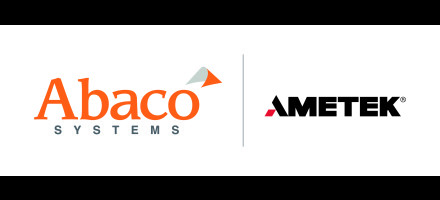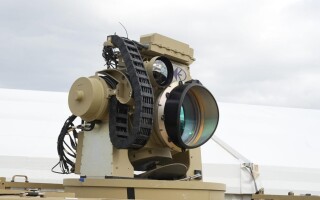Technology insertion: Balancing performance and stability
StoryOctober 18, 2016
Embedded computing systems have benefited enormously from the flood of innovation in the electronics industry: Military programs over the years have enjoyed ever faster processors, smaller form factors, and steadily declining prices per unit of performance.
Embedded computing systems have benefited enormously from the flood of innovation in the electronics industry: Military programs over the years have enjoyed ever faster processors, smaller form factors, and steadily declining prices per unit of performance.
At the same time, military programs have requirements, which fly in the face of commercial market trends. These programs’ lives are measured in decades rather than months. A mission computer or fire-control computer procured 20 years ago may have to function for another decade or so with minimal disruption from market turbulence.
Yet military systems can’t stand pat – they have to evolve, both to increase performance against threats and to avoid obsolescence. The trick is to manage their evolution in such a way as to minimize cost and risk. Timely and well-designed technology insertions can extend a system’s life without costly redevelopment and redesign. Ideally, a system’s movement up the technology curve will consist of relatively painless plug-and-play upgrades.
Upgrade strategies
Technology upgrades involve interconnected hardware and software strategies on the part of the board designer, with the aim of increasing performance without making life more difficult for the application software. Ideally, changes to the hardware are masked from the application so that the software can continue to run unhampered.
Of course, some changes do affect the application. The semiconductor industry’s move from single-core to multicore integrated circuits, for example, required adaptations. Most of the heavy lifting in this area, however, was done by the operating system vendors with few trickle-down effects at the application level.
Stability is also important on the hardware side. Board vendors, for example, try to keep the pinout stable. It helps to use standard interfaces like VME, although the very longevity of this standard poses its own problems, such as the unavailability of VME bridge silicon. Some board providers substitute field-programmable gate arrays (FPGAs), which implement the bus logic in firmware. If this solution is threatened by FPGA obsolescence, the intellectual property can be transitioned to another device.
Upgrades also maintain interfaces to legacy protocols that customers depend on, such as MIL-STD-1553 and High-Level Data Link Control (HDLC), but such solutions can add newer ones, such as Universal Serial Bus (USB), if users are willing to make trades.
It also helps to have a tight technology-insertion philosophy, where no detail of the board’s hardware or software design is too small to consider in planning upgrades. A vague, generalized compatibility between product generations is insufficient to ensure the value of the upgrade.
Within this framework, flexibility is key. Users need options for major performance growth but also for life extension within the existing performance and thermal envelope. There needs to be a certain number of standard variants within a product range.
Software side
Real-time operating systems (RTOSs) also have a limited shelf life: Over a 20-year period, a popular RTOS may cycle through 50 to 60 versions, and the RTOS vendor will eventually drop support for earlier chips.
Suppliers of embedded computing boards also try to keep software components as stable as possible. Necessary application programming interfaces (APIs) are maintained even as new APIs are added. Abstraction of the software from particular hardware devices means that a customer’s application doesn’t see anything different even if it’s operating on different hardware. The board support package (BSP) that interfaces between the hardware and the operating system also is kept as consistent as possible, maintaining vendor-specific functions that customers rely on.
The Abaco Systems PowerXtreme PPC11A (Figure 1) is a rugged 6U VME single-board computer – the 10th-generation SBC in the PowerXtreme family – and is available in low power consumption (0.5 times its predecessor) and high processing power (2 times its predecessor) versions for those looking to upgrade.
There’s much more to technology insertion than meets the eye. By controlling the hardware and software configuration of each upgrade, so that performance increases come at minimal cost, board vendors can help to extend the life of programs for decades. This makes it possible for embedded computing resources to move along the performance curve with maximum value and minimum risk.
Figure 1: The Abaco PPC11A, the most recent in a form/fit/function-compatible family of single-board computers dating back over a decade.
www.abaco.com







